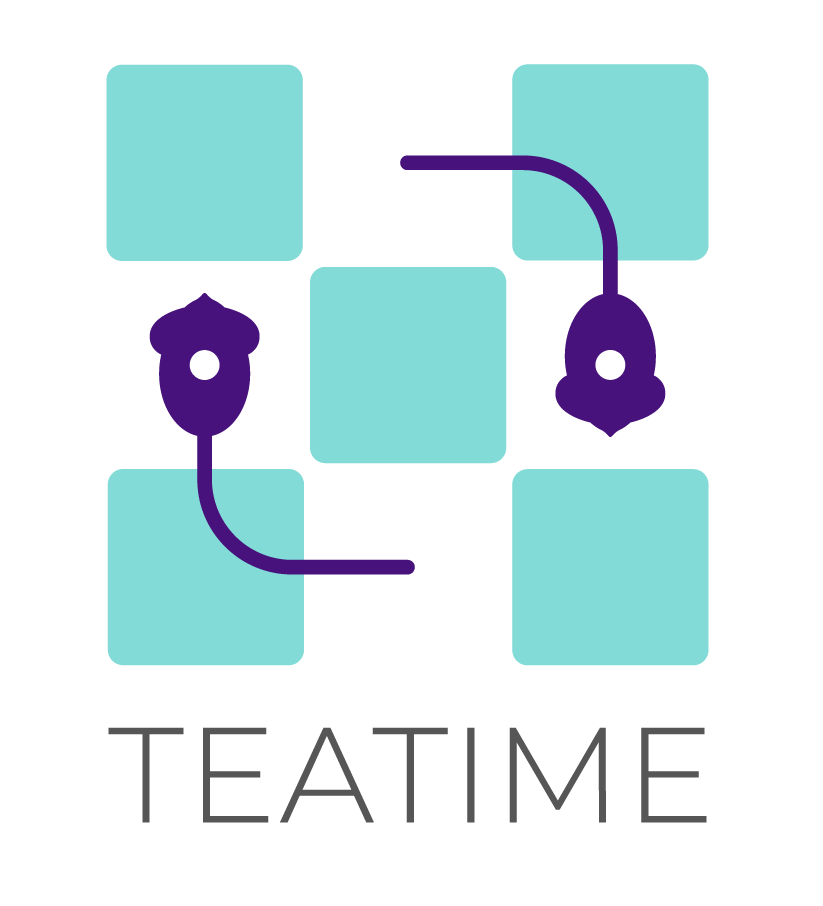Why do we need automated behaviour monitoring in the animal’s home-cage?
Blogs are written by COST Actions
COST_TEATIME aims to improve biomedical research by bringing together European organizations developing automated home-cage monitoring technologies. They allow 24/7 data collection of experimental animals in their home cage, but assessing physiology as well as the full behavioural repertoire still presents many challenges. This Action combines experts in mouse behaviour, laboratory animal science and data science, to critically and transparently assess the potential of these emerging technologies.
Animal research is a subject of discussion and debate for several reasons. There have been serious concerns regarding the reproducibility and validity of research carried out with animals which, in most extreme cases, result in claims to stop animal research. At the same time, there is still an unmet medical need in multiple disease areas that requires the use of animal models to understand disease mechanisms that are conserved between species and to find therapies. The key goal in biomedical research is to develop better cures for patients or ways of preventing diseases before they arise, and animal models are only used when there are no valid alternative methods to address a specific scientific question. There are no alternative methods existing yet that can model or simulate complex behaviours or the entire physiology of an intact living organism. Therefore to fully understand a disease, sometimes we need to study it in an intact organism.
COST_TEATIME explores the potential of automated behavior monitoring in the animal’s home-cage to improve this situation. Using cutting edge technologies (machine vision, RFIDs, etc.) home cage monitoring systems allow for the collection of longitudinal data 24/7 while requiring minimal handling or any other interference by the experimenter. The reduction of handling makes data acquisition less stressful for the animals, which is in line with the 3Rs of animal research: Reduce, Refine, Replace. Thus, automated behaviour monitoring in the animal home-cage could become an important refinement strategy to improve animal welfare. Moreover, animals can be assessed over much longer periods of time allowing a) welfare issues to be detected early and b) the acquisition of much needed information involving sustained – instead of acute – treatment administration.

However, for this to work more technological developments and critical comparisons with already established, standard methods that assess complex, disease-relevant behaviours outside of the home-cage are needed. Ideally, as many behavioural and physiological parameters are detected automatically in the animal home-cage as possible, including social behaviour. During the last 15-20 years, many manufacturers and research groups have developed different systems for this kind of testing, using a variety of technologies either separately or in combination. Assessing the full behavioural repertoire and physiology of a rodent is a complex task, and especially reliably tracking an individual in a group and recognizing the behaviour has been a particular challenge for most systems. Each technology has strengths and limitations and no single system fitting all needs currently exists. In addition to the technical challenges, integration and interpretation of the large amounts of complex data gathered pose a demanding task.
Substantial progress in the solution of these technical and data analysis problems could result in the development of translational digital biomarkers, i.e. objective, quantifiable measures collected by means of digital technologies that are indicators of normal biological processes, pathogenic processes or responses to an exposure or intervention. They are clinically relevant and translate between preclinical studies in animals and the clinic (see also Translational Digital Biomarkers – NA3RsC). Hence, the more phenotypes relevant for translation to human disease that can be validated and robustly measured in the home-cage, the better preclinical research and animal welfare can be aligned. Improved animal welfare has the great potential to make preclinical studies more predictive for clinical studies, which has the potential to result in a reduction of the number of animals needed overall.
To identify currently unmet community needs for further technological development in home-cage monitoring, COST_TEATIME will conduct a survey amongst researchers from academia and industry in mouse behaviour, laboratory animal science, and data science. A second aim of the survey is to expand the network and to bring together a critical mass of European experts in this emerging technology. After critically assessing the potential and caveats of current technologies in a systematic review, we will also develop user guidelines and build capacity on these technologies by holding training workshops, sharing of experience, and lab rotations.
Author
Sabine M. Hölter, Helmholtz Munich, Germany; Science Communication Coordinator for COST_TEATIME.
Further information
Get in touch via our website and follow us on Twitter @COST_TEATIME and LinkedIn COST_TEATIME to stay tuned about the results of the Action, up-coming home-cage monitoring events, workshops, webinars, laboratory rotations, grants and more!
View the Action website
View the Network website
Cover image by Anna Kiryk


